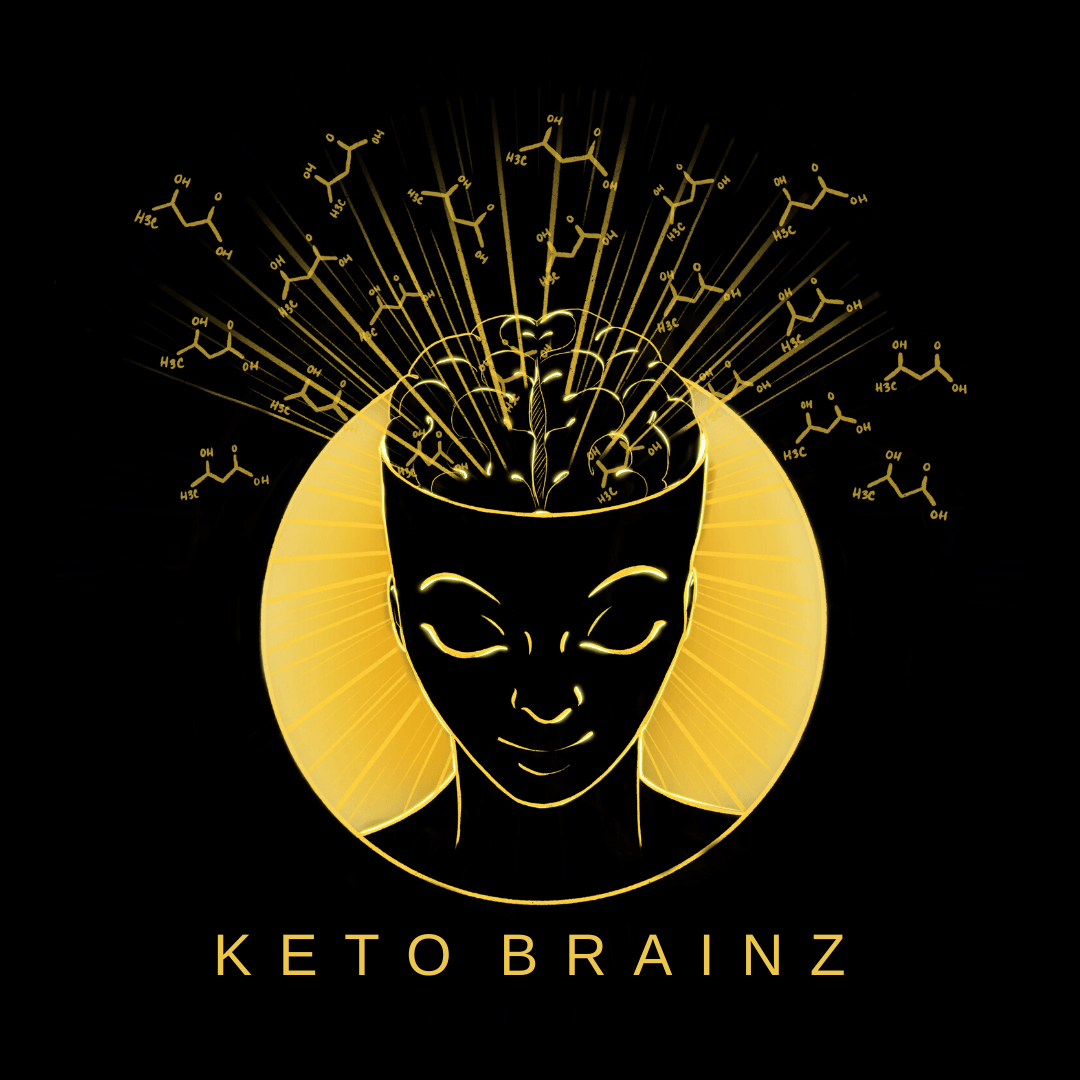
Lion's Mane Mushroom Benefits - The Power of Lion's Mane Mushroom: Fruiting Body vs. Mycelium
This fascinating fungus has caught the attention of both the scientific and wellness communities due to its unique health benefits. Our Nootropic Creamer specifically harnesses the power of an organic Lion's Mane Mushroom fruiting body, offering 500mg of a 30% polysaccharide extract. But why the fruiting body and not the mycelium? Let's unravel this mystery.
Understanding Lion's Mane Mushroom Benefits: A Brief Overview
Scientifically known as Hericium Erinaceus, the Lion's Mane mushroom is a culinary and medicinal staple in traditional Chinese medicine. Its unique cascade of white, shaggy growth resembles a lion's mane, hence the name. This mushroom is revered for its neuroprotective and nootropic (cognitive-enhancing) benefits, which are derived from its bioactive compounds.
Hericenones and erinacines are the primary bioactive constituents found in the Lion's Mane mushroom, attributing to its noteworthy neuroprotective and cognitive-enhancing properties. These compounds have been found to significantly stimulate the production of essential brain health proteins – nerve growth factor (NGF) and brain-derived neurotrophic factor (BDNF).
Fruiting Body vs. Mycelium: Why the Difference Matters
When grown, the Lion's Mane mushroom produces two primary parts: the fruiting body and the mycelium. The mycelium, often referred to as the mushroom's "root system," is the early stage of mushroom growth, while the fruiting body is the mature, above-ground part of the mushroom we often recognize.
Many supplements use mycelium-based extracts because they are more economical to produce, as they can be grown on grain, such as rice. However, mycelium extracts often contain a significant amount of this grain substrate, diluting the concentration of beneficial mushroom compounds.
In contrast, the fruiting body of the Lion's Mane mushroom is packed with a higher concentration of bioactive compounds, including polysaccharides, hericenones, and erinacines, which are crucial for the mushroom's neuroprotective and cognitive-enhancing benefits. Moreover, the fruiting body is harvested when the mushroom has fully matured, ensuring a richer nutrient profile.
The Superiority of Fruiting Body Extracts in Keto Brainz Nootropic Creamer

Keto Brainz Nootropic Creamer utilizes an organic extract of Lion's Mane Mushroom from fruiting body, setting it apart from many other products on the market. Here's why the fruiting body is superior:
- Rich in Polysaccharides: The fruiting bodies of Lion's Mane mushrooms are rich in polysaccharides, complex carbohydrates that play vital roles in human health. They promote the growth of beneficial gut bacteria, bolstering the immune system and enhancing brain health. Our Nootropic Creamer offers a 30% polysaccharide extract, maximizing these benefits.
- Concentration of Active Compounds: The Lion's Mane fruiting body contains a higher concentration of the active compounds, hericenones and erinacines, associated with neuroprotection and nootropic effects.
- Purity: Because the fruiting body is grown and harvested without the need for grain or other fillers, extracts derived from it are purer and offer more concentrated health benefits.
- Research-Backed Benefits: Most scientific studies investigating the health benefits of Lion's Mane utilize extracts from the fruiting body. This means that the beneficial effects associated with Lion's Mane - such as improved mental clarity, memory, and mood - are primarily linked to fruiting body extracts.
You get ALL of these Lion's Mane benefits by adding Keto Brainz Nootropic Creamer to your daily routine. With Keto Brainz Nootropic Creamer you are investing in a product that prioritizes potency, purity, and scientifically-backed ingredients. Our inclusion of Lion's Mane mushroom extract from the fruiting body underscores our commitment to delivering superior nutritional benefits, helping you to maximize your own cognitive potential.


